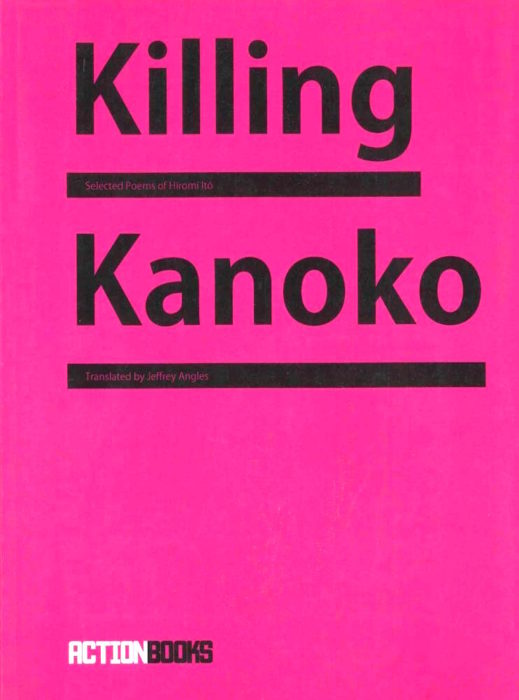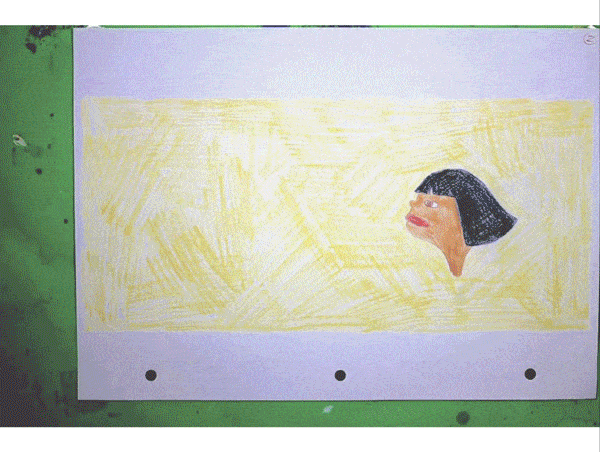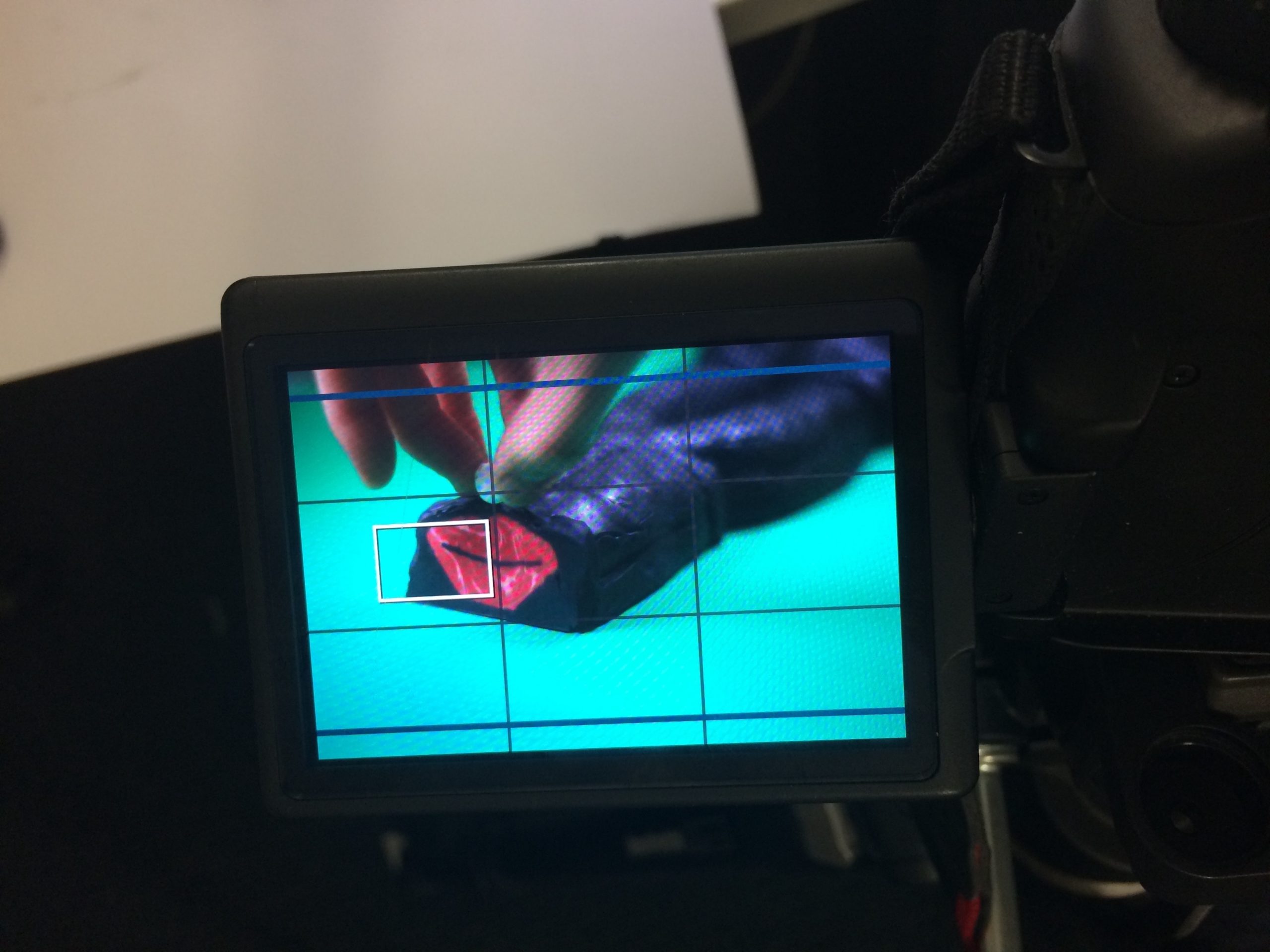1. Give us a brief introduction to yourself.
I’m an animator and director from Australia. I’m interested in experimenting with different kinds of animation, including 2D, 3D, stop-motion, strata-cut, and any other mixed-media techniques that I find intriguing. I’m too curious to stick to one style!

2. Fill us in on your creative background and what led you to become an animator?
From a young age, I enjoyed drawing and playing music. These activities later evolved into an interest in animation, although I didn’t think of that as a career choice until I was an adult. I see animation as a combination of visuals with sound, so it fulfils the same sort of satisfaction I got from drawing and music as a kid.
3. Tell us about the team behind your project.
I was very lucky to have a small but extremely talented team working on The Lost Sound. Hiromi Itō, the author of the poem On Ç, which the short is based on, is the narrator in the film. She did an outstanding job of bringing depth to the narrative, even though the film is only two minutes.

Killing Kanoko: Selected Poems of Hiromi Itō, Translated by Jeffrey Angles (2009)
The book featuring the poem On Ç.
The film is also driven by the sound design, which is the work of Donny Janks, and the music composed by Amy McNickle. I was inspired by the album Le Fil by the singer Camille. I had very specific ideas of using vocal sounds in the film – since the themes in the narrative are about language and pronunciation.
Donny did an incredible job of using sounds from Hiromi’s narration as rhythmic and textural elements throughout the film and credits. The main melody in the piece, composed by Amy, is actually the instrumental version of a song called You, which she wrote years before I started making The Lost Sound. The piece was created entirely with vocal harmonies and body percussion, and it fit the concept perfectly.

4. How would you introduce your project to someone watching for the first time?
The Lost Sound is a stop-motion short that reveals a woman’s experience of losing a language through some playfully animated visuals.
5. Take us through your process. How long did it take? What techniques did you use? What programs are you using?
The whole process took roughly four months to create less than two minutes of animation. It took that long because I went down the path of strata-cut animation, which is time-consuming and requires building a sculpture with a planned animation inside of it, slicing it up, and shooting each slice. You only get one chance to get the shoot right before your sculpture is sliced to pieces, so there was a very intensive planning process. I spent a lot of time sketching diagrams of each sculpture, measuring things, creating tests, and kneading some very solid plasticine.

I’m really grateful for the small team of animators (Jessica Edge, Alice Wong, and Erika Ju) who assisted with the 2D animated sections, which helped push the film across the finish line.
The 2D character shots were animated in Adobe Animate, coloured with pencil on paper, then either scanned or shot under a rostrum camera. Some of the ink animations were animated directly on paper with a lightbox, then scanned. To shoot the strata-cut sequences, I used Dragonframe.

6. What was your favorite moment or most fun part of the project?
Having the opportunity to meet Hiromi Itō and Jeffrey Angles, who helped with translations in the film, was really lovely! They just so happened to be visiting Australia from the US at the time, so I was really lucky to meet them. In regards to my favourite part of the animation process, it was really cathartic to finally start slicing open a strata-cut sculpture and see the animation play out during the shooting process. The shoot is the first time I get to playback the animation after hours/days/weeks of building and planning the strata-cut sculpture, so obviously, it’s a relief to see that it’s all working!

7. Did you face any difficulties along the way? If so, how did you overcome them?
Going into making The Lost Sound, my mental health wasn’t in the best shape, and one of the ways that manifested was through doubt about my creative capabilities. In an attempt to overcome my anxiety about not doing a good job, I made a rule for myself during the whole creative process, which was to “do it badly.” My theory is that if you’re doing something badly, it’s still better than not doing it at all. I followed through with that rule and what ended up happening was that I began playing around with the creative process and was less concerned with trying to perfect everything. When you’re in that open mindset, you begin to see the result of that playfulness in the work you’re making, and it ends up motivating you to keep going.
8. What were some ground-breaking moments in animation that have shaped the way you think?
I grew up watching A LOT of Nickelodeon and it definitely shaped many of my interests. It was probably the reason why I felt encouraged to draw when I was a kid.
I used to enter competitions in primary school where you could draw your favourite Nickelodeon cartoon character and post it to the Nickelodeon head office in Sydney. If your drawing was chosen, it would be used as the front cover illustration for the cable TV guide. I never won, but they still sent back merch to say thank you for getting involved. It was the coolest thing ever! I think that pathway for involvement that Nickelodeon facilitated had a huge influence on my interest in animation. To this day, I still have that merch, and I can still recite the postal address of the head office, haha.

9. Do you have any advice for creatives on how to pursue their passion projects?
Things can get in the way of your desire to work on your passion project (e.g. working your day job). It’s frustrating, but some things take time, and there’s no need to rush to get an idea done. That idea won’t run away from you as time passes, especially if it’s your passion project. Over time, it might even evolve into something that resonates with you on an even deeper level.
10. What would be your message to the industry for 2021?
Normalize having ongoing conversations about mental health in the workplace (every day of the year – not just during trendy mental health awareness campaigns).
Thank you so much for being here. Before we let you go, is there anything else you’d like to share about your piece?
Thanks for watching and reading!







